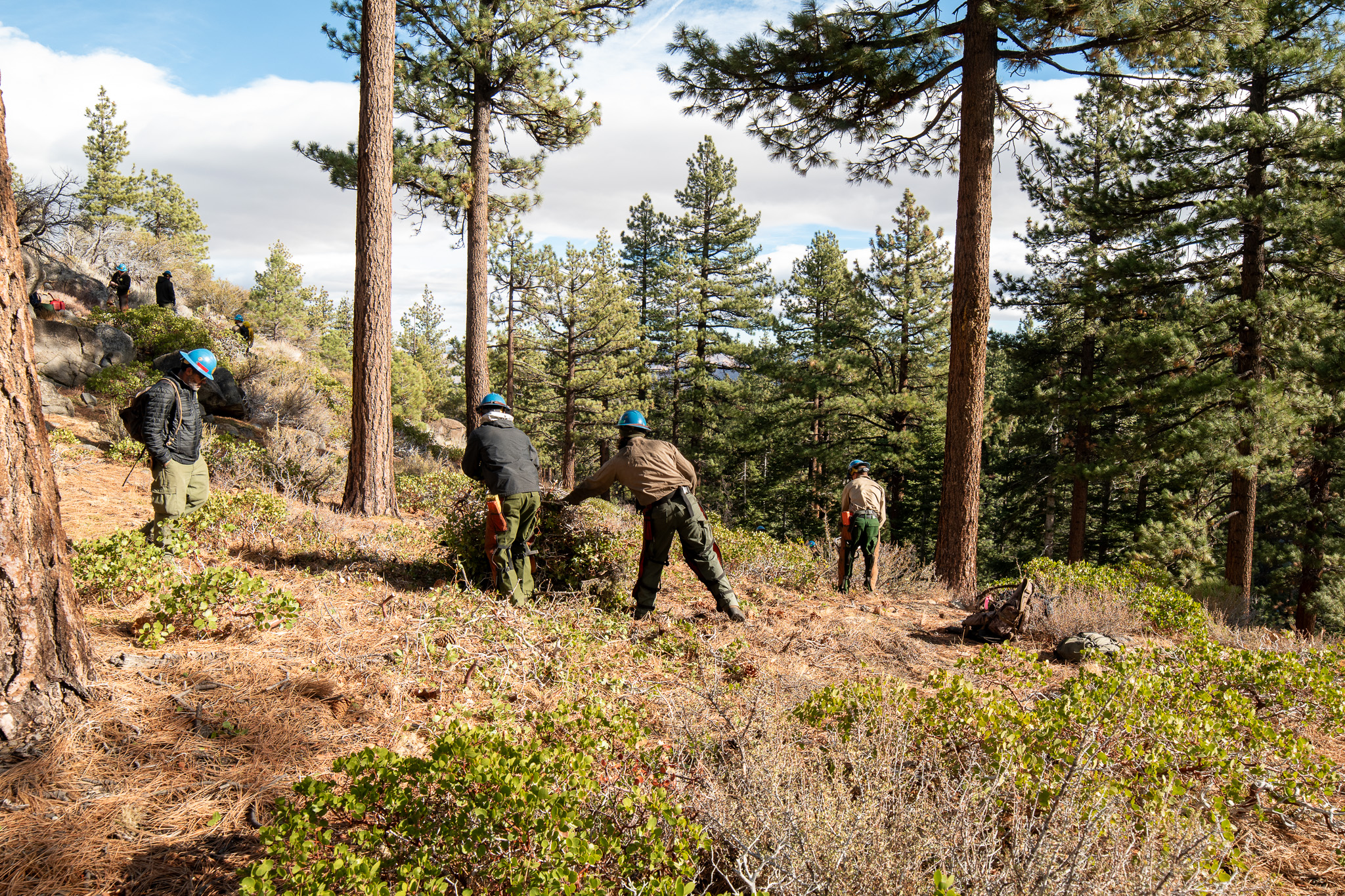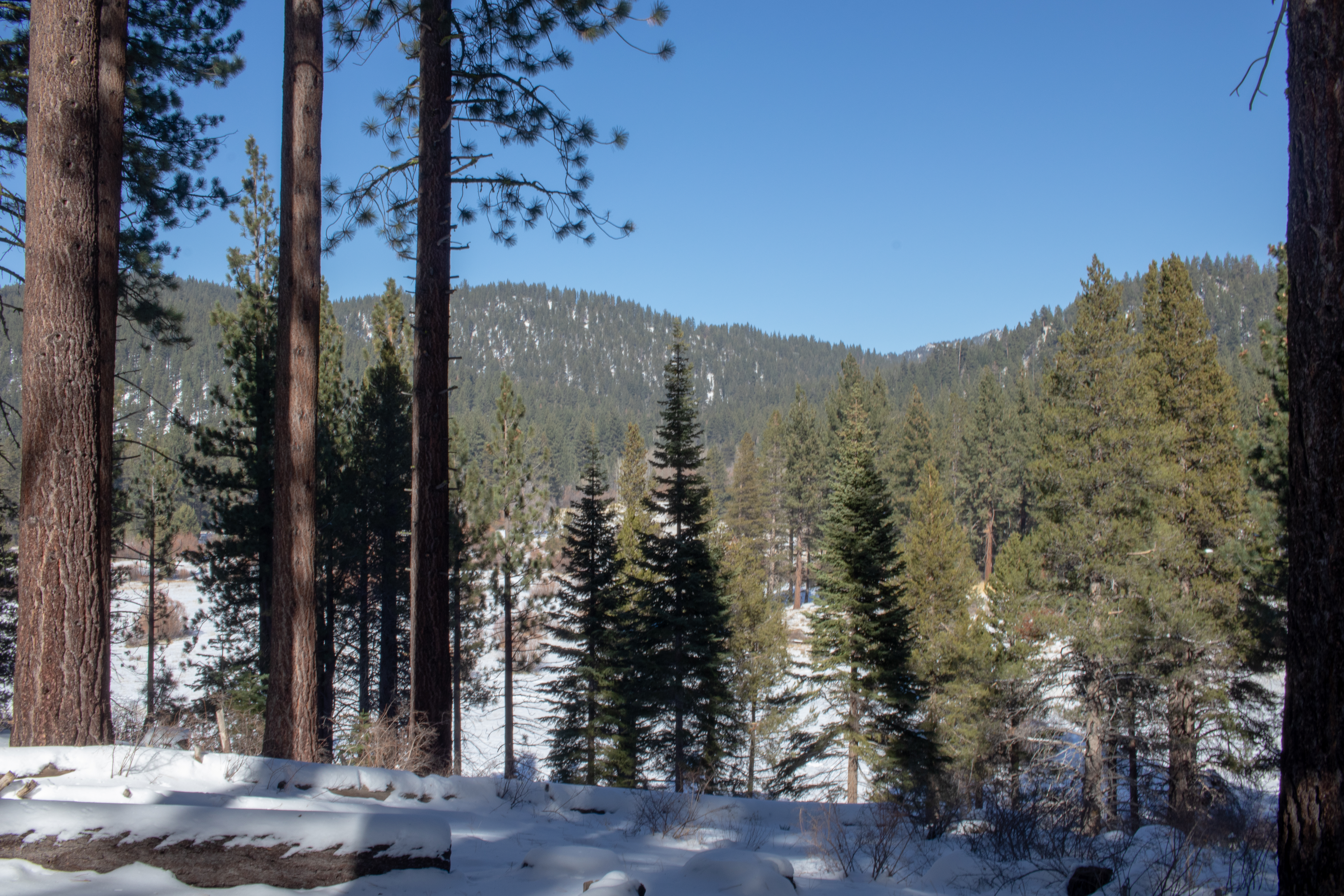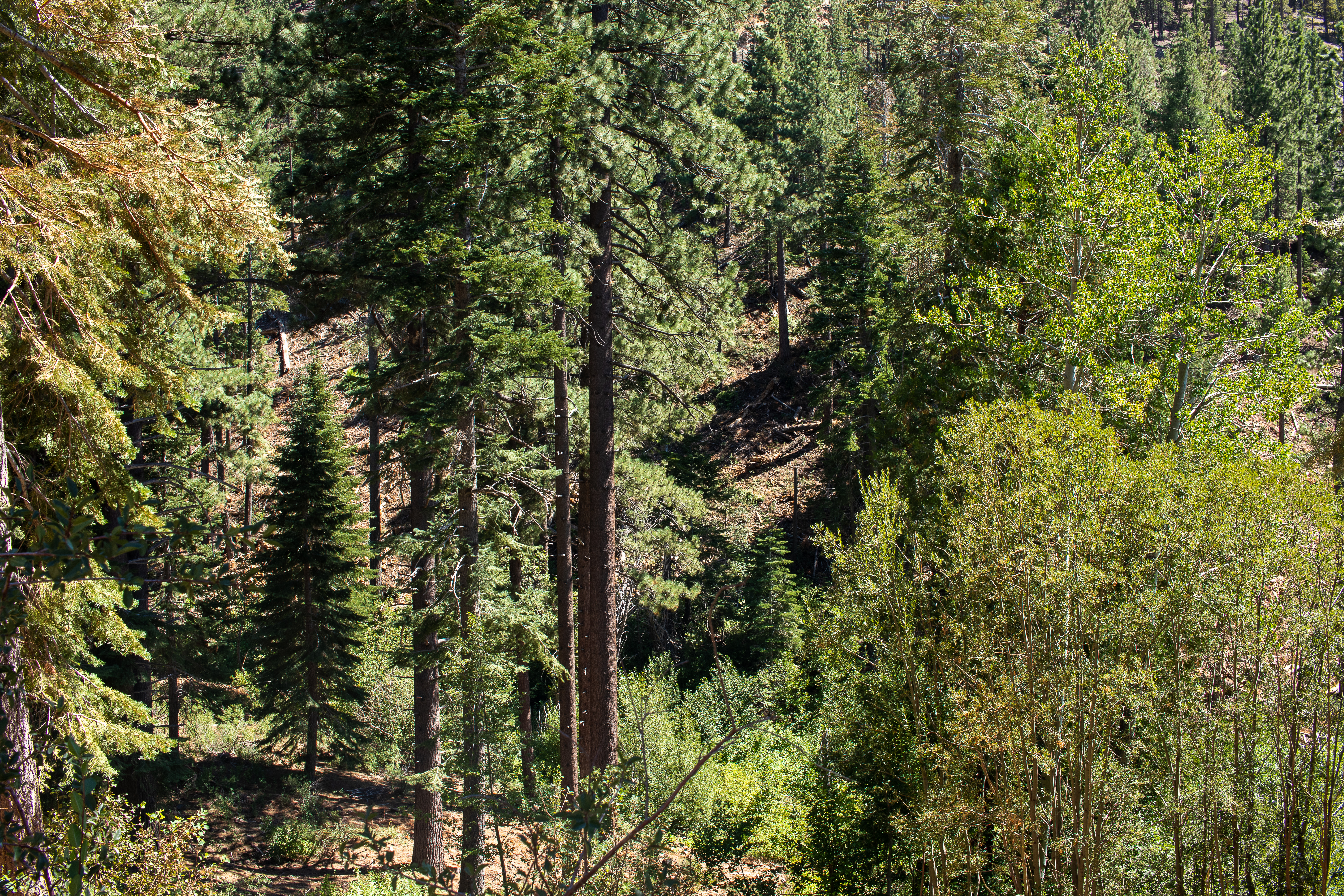Sagebrush Ecosystem
With declines in greater sage-grouse (GRSG) populations in recent decades, the State of Nevada started a Sagebrush Ecosystem Program (SEP) under the Department of Conservation and Natural Resources to work toward further conserving sagebrush habitats and addressing their threats. Established in 2013-14, the SEP was made up of a Governor-appointed Sagebrush Ecosystem Council (SEC) and the Sagebrush Ecosystem Technical Team (SETT), an interdisciplinary team with employees provided by multiple agencies including Nevada Division of Forestry. To date, the SEP has developed and implements the Conservation Credit System (CCS), a mitigation program to be used by project proponents when large-scale human disturbances such as mines, roads, and energy infrastructure, among others, impact GRSG habitats.
The Conservation Credit System
The CCS allows the actions upon which the economy relies to move forward with an effort to minimize impacts and apply consistent and adequate mitigation, relative to impacts. The CCS involves measuring the quantity and quality of habitat impacted by these large-scale disturbances using a Habitat Quantification Tool (HQT) to determine mitigation requirements and ensure a commensurate amount of conservation takes place to offset the impacts. Debits represent the negative impacts, which are offset by credits. Credits can be generated on private or public lands through running the HQT to determine habitat qualitycredits, developing and committing to a CCS management plan featuring actions to improve habitat, and annually monitoring and reporting. Credits can be sold or transferred to offset a disturbance through private agreement in exchange for extending the commitment to the CCS to at least 30 years or the term of disturbance, if longer.
Credit projects represent an opportunity for landowners and managers to run ranching operations and benefit from the long-term protection and improvement of GRSG habitat. Protecting and improving these intact high quality habitats in areas still important and occupied by GRSG also make sense as a priority for GRSG conservation. Habitats most valuable to GRSG (including meadows) generate the most credits and incentivize the best conservation actions.
For a Credit Project to be considered eligible it must:
- Be located within GRSG Management Category Areas (PHMA, GHMA, or OHMA);
- Have intact high quality GRSG habitat;
- Be willing to create and follow a CCS management plan that features improvement actions;
- Be willing to conduct annual monitoring and reporting;
- Be willing to consider selling credits in exchange for extension of CCS commitments;
- Be willing to set aside financial assurances to ensure funding for future commitments;
- Have a minimum of 500-1,000 acres; and
- Be private deeded lands or involved with a debit project proponent if on public lands.



